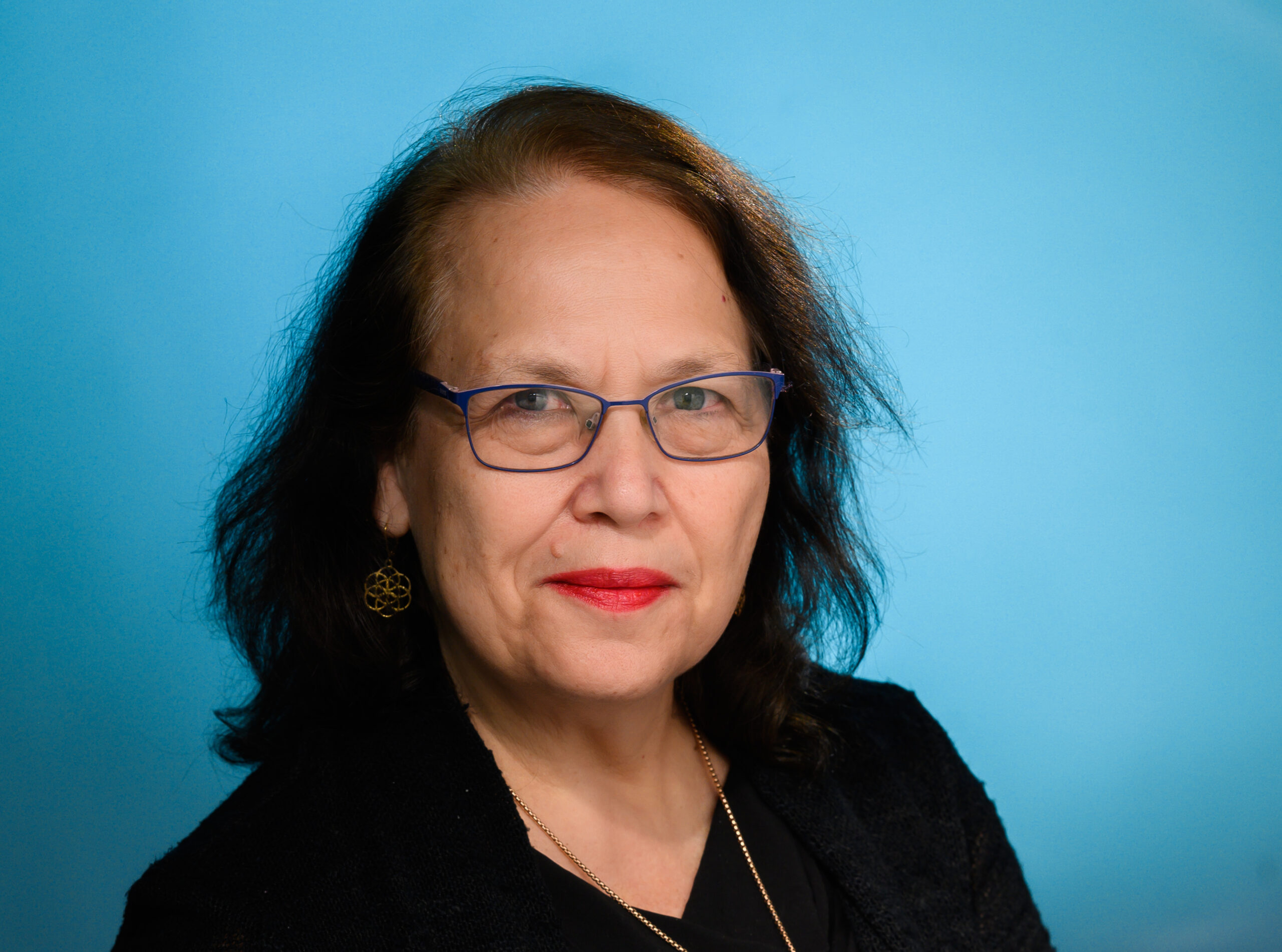The radiation disaster at the nuclear reactor at Chernobyl in the Ukraine close to the Belarus border on April 26, 1986 has long been forgotten by most people in the world – except those who were directly involved. At the encouragement of the Israeli government, as many as 200,000 immigrants from the immediate area and the region came on aliya starting in 1989 and up to a decade later – not only out of Zionist reasons but out of fear that their health would suffer from exposure to the tainted soil, plants, water and air.
The nuclear reaction blew the roof off, spreading radioactive materials over the former Soviet Union (FSU) and areas of Eastern and Western Europe. The contamination involving radioactive iodine and cesium had significant effects on health. As many as six million residents in these areas were exposed by inhaling contaminated dust, ingesting contaminated food and water and absorbing external irradiation from air and ground deposits
.
Between 250,000 to 600,000 military and civilians were later brought in as salvage workers (“liquidators”) to clean up the radioactive waste material from the blast, and many died or suffered from lingering disease. Most of the 135,000 people living within the 30-kilometer zone close to the reactor, including the town of Pripyat, were evacuated.
Jewish immigrants, under the Law of Return, were able to gain citizenship on arrival in Israel and are awarded immediate national health insurance privileges. Others, both non-Jews and some Jews, emigrated to Europe and the US.

Today marks 35 years since the Chernobyl nuclear catastrophe – the worst in history. Since 1990, researchers at Ben-Gurion University of the Negev have run a special clinic at nearby Soroka University Medical Center in Beersheba to deal with the health concerns of these immigrants and collect data on their health status.
A group of researchers tracked these immigrants’ hospitalizations from 1992 to 2017 and compared the rates to other groups in Israeli society. They conducted a historical follow-up study among 1,128 Israelis who had in the former Soviet Union (FSU) been exposed to radiation, using linked hospitalization records from Soroka, compared with 11,574 immigrants from other areas of the FSU, 11,742 other immigrants not from FSU and native-born 8,351 native-born Israelis matched on age and gender.
They found that the rate of any hospitalization for diagnoses often reported in the literature as linked with radiation exposure, were more frequent among the Chernobyl exposed immigrants when compared with other immigrants from the former Soviet Union (FSU), immigrants from other countries to Israel and native-born Israelis.
In particular, women from low-exposure areas around the disaster site (as reported by the UN Scientific Committee on the Effects of Atomic Radiation) and those older than 20 at the time of the explosion had higher rates of hospitalizations for circulatory issues, neoplasms (benign and malignant tumors), endocrine issues and eye problems more than three decades later.
Their findings will soon appear in the Journal of Immigrant and Minority Health.
“This is quite unprecedented to find exposure effects so far removed in time from the accident,” noted says lead researcher Prof. Julie Cwikel, director of BGU’s Center for Women’s Health Studies and Promotion and a member of the Spitzer department of social work, “We found the effects especially among the low-exposure women, where most studies have not found health effects among women who immigrated from the lower exposure areas as compared to high exposure areas.”
Circulatory issues were 150% higher, neoplasms 165% higher for those from high exposure areas and 177% higher for those from low exposure areas, endocrine issues 133% higher and eye problems 130% higher when compared to the Israeli-born comparison group. But respiratory and mental-health issues were not found to be higher than the comparison groups decades later.
The researchers said their findings support unique Chernobyl associations to illness only in some diagnostic groups, particularly for low-exposure women. Hospitalizations were higher in all immigrants, not only those who were in the Ukraine and Belarus, compared to the Israeli-born population. There is a need, asserted Cwikel, to improve the services and medical follow-up for these Chernobyl-exposed groups in specific diagnostic groups.
In a study published last year in the Journal of Clinical Medicine under the title “Reproductive Effects of Exposure to Low-Dose
Ionizing Radiation: A Long-Term Follow-Up of Immigrant Women Exposed to the Chernobyl Accident,” Cwikel and colleagues found that women exposed to the Chernobyl disaster had fewer children and higher rates of fertility treatments and were more likely to be anemic after giving birth.
“Our findings raise concerns regarding the long-term implications of the Chernobyl disaster…Medical-care providers should include questions about exposure to the Chernobyl explosion when taking medical histories and those exposed should be vigilant about regular medical checkups,” concluded Cwikel.
The shortcode is missing a valid Donation Form ID attribute.



